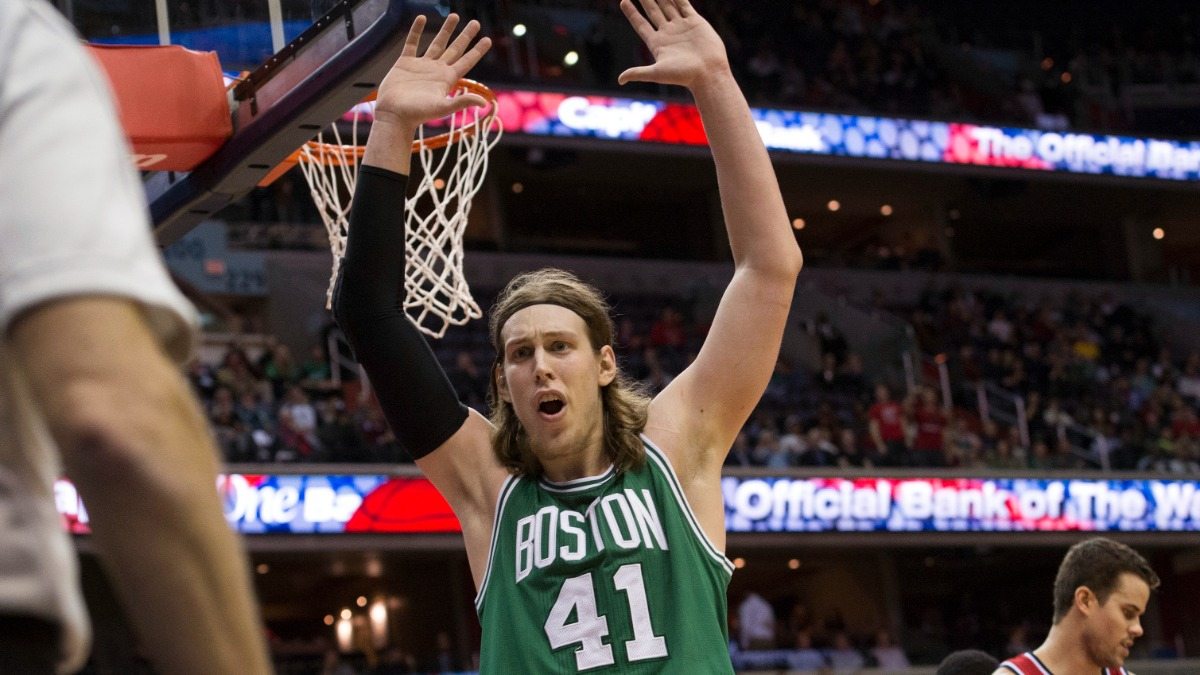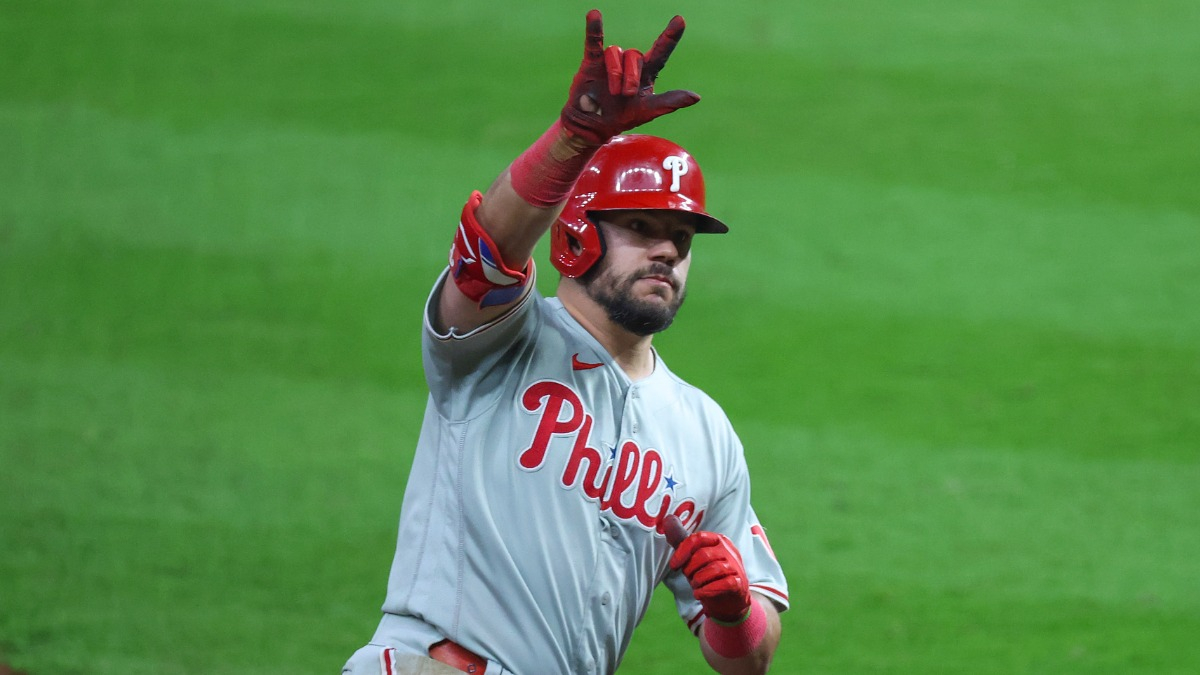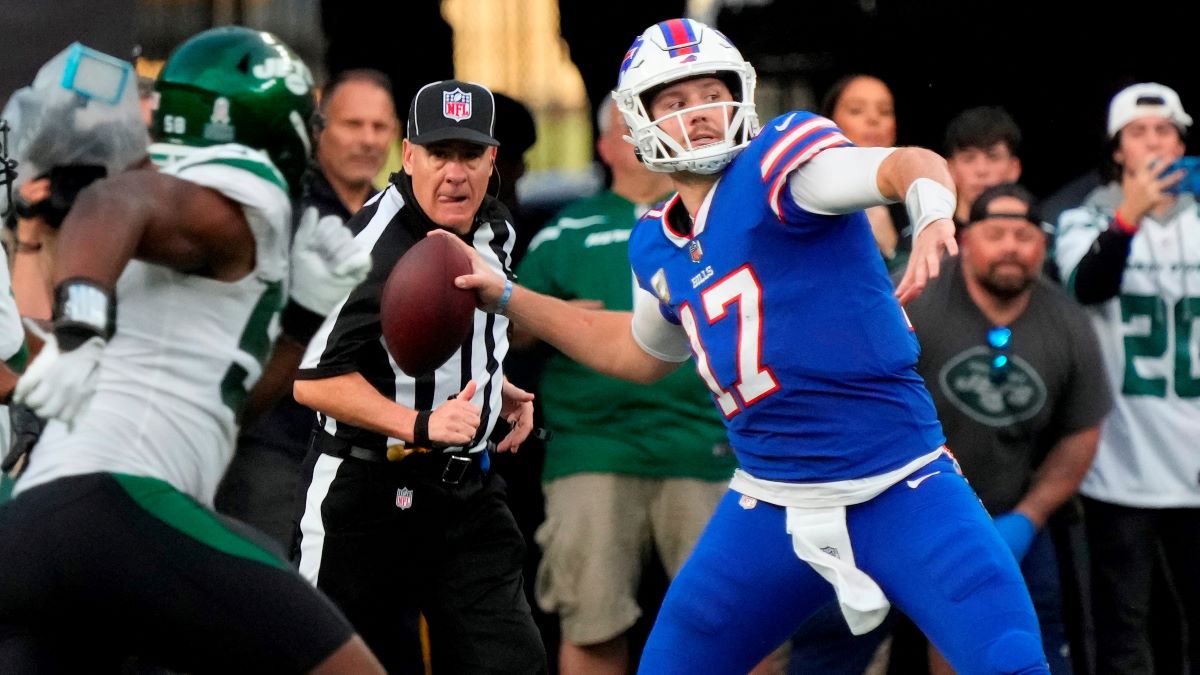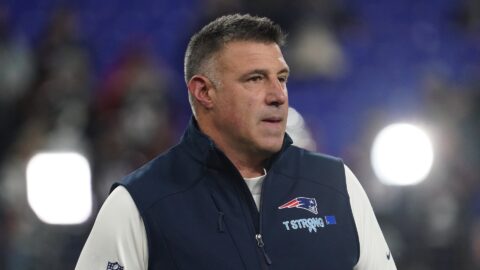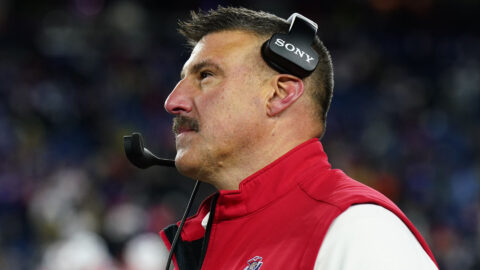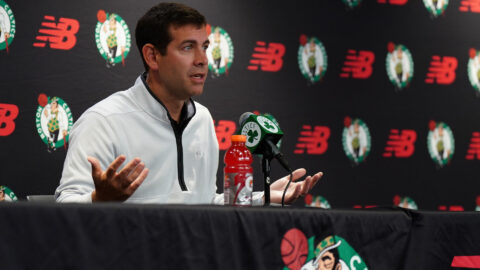There was doubt surrounding Kevin Garnett in June of 1995. How could there not have been?
A rail-thin, 6-foot-11 teenager from South Carolina who was only months removed from finishing his senior year on the court at Farragut Academy in Chicago was making a massive leap that not a single player had taken in nearly 20 years.
But Garnett forged ahead anyways, going straight from high school to the unforgiving cold world of the NBA. Garnett at that time was a rarity. Not because of his superb athletic talent or undeniable basketball instincts -- the NBA had for sure already seen those -- but due to his willingness to accept an enormous challenge that everyone seemed to bypass.
Moses Malone was the first to successfully go from high school to the NBA, doing so in 1974. Darryl Dawkins and lesser-known Bill Willoughby followed in subsequent years. Shawn Kemp got drafted in 1989 but he gets excluded from this conversation because although he never played a college basketball game, he did attend college. So, after Malone, Dawkins and Willoughby, the high school pipeline completely dried up.
That's where Garnett is different. For much that can be said about his Hall of Famer career from his intensity to his leadership to his unique skill set, the Big Ticket as he became known was a trailblazer in more ways than one.
Little did the Minnesota Timberwolves know when they selected Garnett at No. 5 overall in the 1995 NBA Draft, they, alongside Garnett, had just ushered in the "prep-to-pros" generation.
Garnett opened the door for elite high school basketball players to make the same seismic leap he did. They came in droves, at times, guided by the path Garnett created. Some had success, even becoming some of the best players the NBA has ever seen, while others flamed out in a matter of years.
Garnett set it all into motion as a year after he got drafted, Kobe Bryant went from high school to the NBA. A year after Bryant, Jermaine O'Neal, who went on to have an 18-year NBA career, followed suit. In 1997, Tracy McGrady did the same thing.
These players helped to make up the collective identity of the NBA in the early 2000s. Other big names joined them like Amare Stoudemire before LeBron James, arguably the most popular high school athlete of all time, made his widely publicized ascension from St. Vincent-St. Mary to the No. 1 overall pick by the Cleveland Cavaliers in 2003.
There were plenty of busts from the high school ranks along the way, players like Korleone Young, James Lang and Robert Swift who just weren't ready for the NBA. The league in 2006 ended the jump from high school to the NBA, putting a rule in place that players had to be at least one year removed from high school.
But undoubtedly, Garnett changed the landscape of the league with the decision he made as a 19-year-old, and another choice of his years later shifted the NBA once more.
Garnett at that time was a rarity. Not because of his superb athletic talent or undeniable basketball instincts -- the NBA had for sure already seen those -- but due to his willingness to accept an enormous challenge that everyone seemed to bypass.
A perennial All-Star with the Timberwolves, Garnett had plenty of individual success with Minnesota but couldn't find team triumph in the postseason. The Timberwolves lost in the first round of the Western Conference playoffs seven consecutive seasons with Garnett from 1997 to 2003 before breaking through to the Western Conference finals in 2004, but coming up short in that series, too.
After two straight below .500 seasons, Garnett's supreme talent was clearly being wasted in Minnesota. Garnett looked for greener pastures in the 2007 offseason and had plenty of leverage due to his contract situation. According to NBC Sports' Dan Feldman, Garnett had a big say in where he wound up because he could sign a sizable extension with his new team or opt-out at the end of the season in 2008.
But then-Celtics president of basketball operations Danny Ainge and others convinced Garnett that Boston would be the perfect fit for him. So after the Celtics traded for Ray Allen on draft night in 2007, Ainge orchestrated a deal to acquire Garnett a month later, giving up five players and two first-round draft picks to complete the trade.
And just like that Garnett became a part of another NBA movement, setting off the modern Big Three era.
Paul Pierce, Allen and Garnett meshed so well they captured an NBA title in their first season together and went to another NBA Finals two years later. Like any professional sports league, teams are copycats and the Celtics' blueprint for success was suddenly seen all around the league.
James formed his own Big Three with Dwyane Wade and Chris Bosh in Miami, which resulted in that trio capturing the NBA crown twice over a four-year span. James left Miami behind after the 2013-14 season, and made sure he was flanked by two stars in Kyrie Irving and Kevin Love in his return to Cleveland.
The model the Celtics used with Garnett quickly became the go-to for how to build a roster. Use whatever method possible to get three stars together and then surround them with complementary pieces. The Oklahoma City Thunder did it through the draft, selecting Russell Westbrook and James Harden in the top five back-to-back years to have them join forces with Kevin Durant.
Even after the Golden State Warriors won a title in 2015, they went out and added Kevin Durant during the 2016 offseason. Two more titles with Durant alongside Klay Thompson and Steph Curry cemented their dynasty.
But once again, it was Garnett who got it all started. The way he changed the NBA not once, but twice should always be mentioned as part of his illustrious career. He left an indelible mark on the league and that can't ever be taken away from him.
Doubting Garnett looks foolish now because, with him, anything seems possible.

